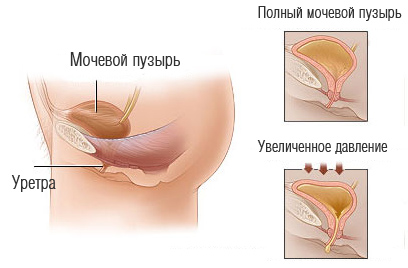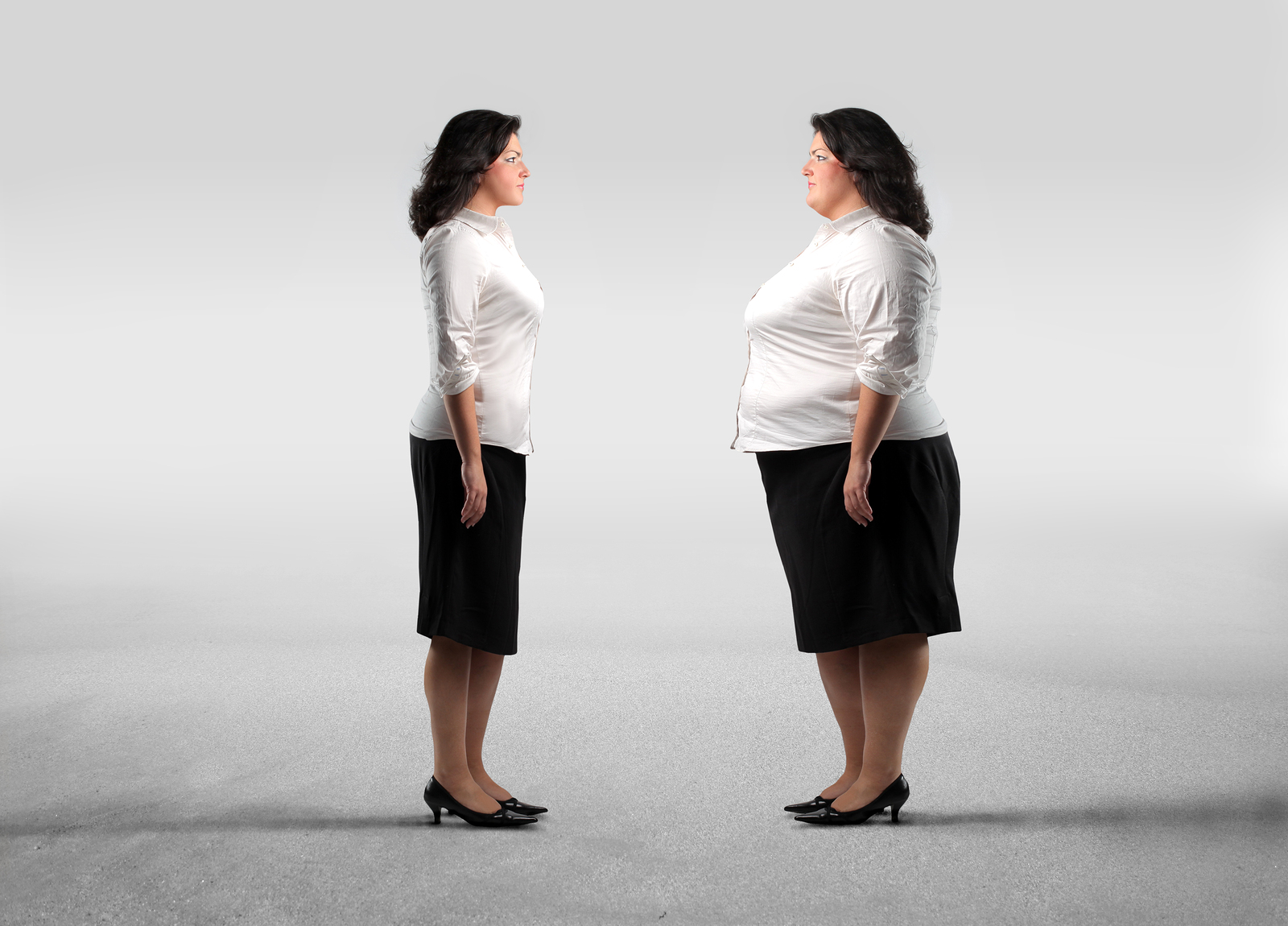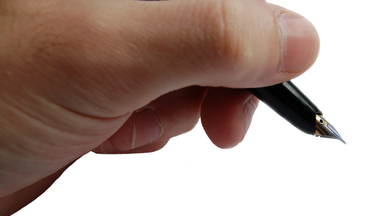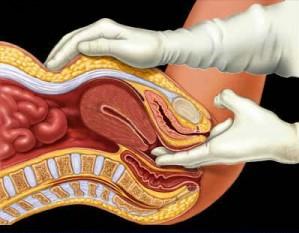Involuntary urination in men and women
More and more patients hear the diagnosis of stress urinary incontinence, in which a person cannot control the acts of urination. The deviation appears both temporarily and permanently, causing discomfort to the patient. The disease develops for various reasons, one of which is stress. Women are especially at risk of getting sick after childbirth. In men, involuntary urination appears after surgery for diseases of the prostate, in particular, after removal of cancer.
Symptoms of stress urinary incontinence
Stress urinary incontinence is more often caused by physical stress. There is urinary incontinence during stress in women, when sneezing. This is an involuntary manifestation, not accompanied by the urge to urinate. Urinary incontinence is possible when laughing, and in some people, mild incontinence is observed when running and during physical exertion, when intra-abdominal pressure rises. There is stress urinary incontinence in children, for example, when urine does not hold when jumping rope. Often, a child has an involuntary release of urine, jumping on a trampoline.
Patients have different indicators of lost urine: someone loses up to 10 milliliters, and some people lose the daily amount. To identify indicators in pathology, the patient is given a diary in which he notes the number of discharges for 3 days or more. At the same time, the person notes how much fluid came out, how often it appeared involuntarily, and how much water he consumed per day.
Causes of the development of pathology in women and men
 One of the causes of stress urinary incontinence is increased pressure on the urethra.
One of the causes of stress urinary incontinence is increased pressure on the urethra.
Why is stress urinary leakage observed in women and men? Urine is able to be retained in the urinary system due to the correlated pressure of the urethra and bladder. The normal functioning of the sphincters is due to their structures and nervous regulation. In stressful situations, the sphincter ceases to close completely, and the capacity of the bladder decreases. Men and women have different factors for the development of pathology. In female representatives, the disease develops against the background of:
- frequent vaginal delivery, after which the urethra ceases to close completely;
- lowering the uterus into the vaginal area;
- lack of estrogen in the body;
- the appearance of injuries received after surgery or radiation.
In males, the reason for the development of involuntary urination lies in the methods of treating the prostate. It develops as a result of surgery or radiation that was used to treat malignant neoplasms. Drip stress urinary incontinence is isolated in patients treated for benign prostatic hyperplasia.
What are the risk factors?
 Obesity is one of the predisposing factors for the disease.
Obesity is one of the predisposing factors for the disease. There are 3 main groups of risk factors. The first group includes predisposing factors, which include race, hereditary factor and neurological abnormalities resulting from injuries. The second group consists of provoking factors, including the age of the patient, the presence of concomitant ailments, excess weight, smoking and menopause. The third group includes obstetric and gynecological factors: the period of pregnancy, childbirth, bearing a large fetus, a previous operation in the pelvic area.
Diagnostic measures for illness
Patient reporting worrisome symptoms
When compiling the patient's history, the time when the signs began to appear, the presence of similar manifestations in the next of kin is taken into account. Additionally, it turns out whether nocturnal enuresis manifested itself in the patient in childhood. In addition, a person is invited to fill out a specially designed questionnaire to find out the causes of stress illness, which includes questions on the type and frequency of heavy exercise, being in a tense state, lifting heavy objects.
Urination diary
 To control the amount of urine, the patient keeps a diary of urination.
To control the amount of urine, the patient keeps a diary of urination. To make a more accurate diagnosis, the doctor gives the patient a diary in which he describes the acts of urination. The person records the time when urination occurs. It describes how much fluid the patient consumed per day, in what quantities, what activities the patient was engaged in, when involuntary release of fluid occurred. A person should note how much urine came out during this period, and whether there was an unbearable desire to urinate before that. Thus, the patient describes everything that happened to him during the day.
Conducting a PAD test
It is not always possible to accurately determine from the descriptions of patients how much fluid was released during urination. Uncontrolled urination in women is examined using the PAD test. For carrying out, urological pads are used, which are weighed before testing and after use. The test can last from 20 minutes to 2 hours a day. If the study is designed for a short time period, then half a liter of non-carbonated water is drunk before it.
Vaginal examination
 With the help of such a study, the general condition of the vagina is determined.
With the help of such a study, the general condition of the vagina is determined. The genitals of a woman are examined to exclude the presence of concomitant diseases. During the examination of patients, doctors often find drying out of the vaginal mucosa, the appearance of large fistulas, and uterine prolapse. These abnormalities, identified together with stress urinary incontinence, can lead to complications. Be sure during the examination, the woman is forced to cough to follow the discharge from the urethra.
Collection of urinary analysis
If the patient has inflammation in the urinary system, then small amounts of urine may be excreted. Urinalysis is carried out to determine the level of white blood cells, red blood cells, and the presence of harmful microorganisms in a person. To obtain more accurate data, the collection of material takes place in the morning. Before collecting the analysis, it is recommended to wash the genitals and urinate into a sterile container. Women will additionally need to cover their vagina with a clean cloth while urinating.
Therapeutic measures
Standard Patient Treatments
Medical treatment
 Drug treatment includes taking adrenomimetics and anticholinesterase drugs, as well as antibiotics.
Drug treatment includes taking adrenomimetics and anticholinesterase drugs, as well as antibiotics. If the structure of the organs of the urinary system is not disturbed in the patient, he is prescribed conservative drug treatment. The treatment complex includes the use of adrenomimetics and anticholinesterase drugs that increase the tone of the sphincter. Stress urinary incontinence in women is successfully treated with drugs such as Spasmex, Vesikar, as well as hormonal drugs and antibiotics.
Using Kegel Exercises
Kegel exercises are aimed at training the perivaginal and periurethral muscles. In the sitting position, the patient presents the urge to urinate, and then mentally holds the stream, using the muscles for this. Exercises should be carried out 3 times a day with a gradual increase in execution time. A person can perform workouts anywhere, as they are invisible to other people.
Applying Biofeedback to Exercise
Carrying out gymnastics with the use of biofeedback helps to increase muscle tone and the patient is able to control the urination act. The technique is characterized by the use of a special apparatus that registers muscle tone. But there are a number of contraindications, including the presence of:
- malignant neoplasms;
- inflammation at the acute stage;
- kidney, liver and heart diseases.




